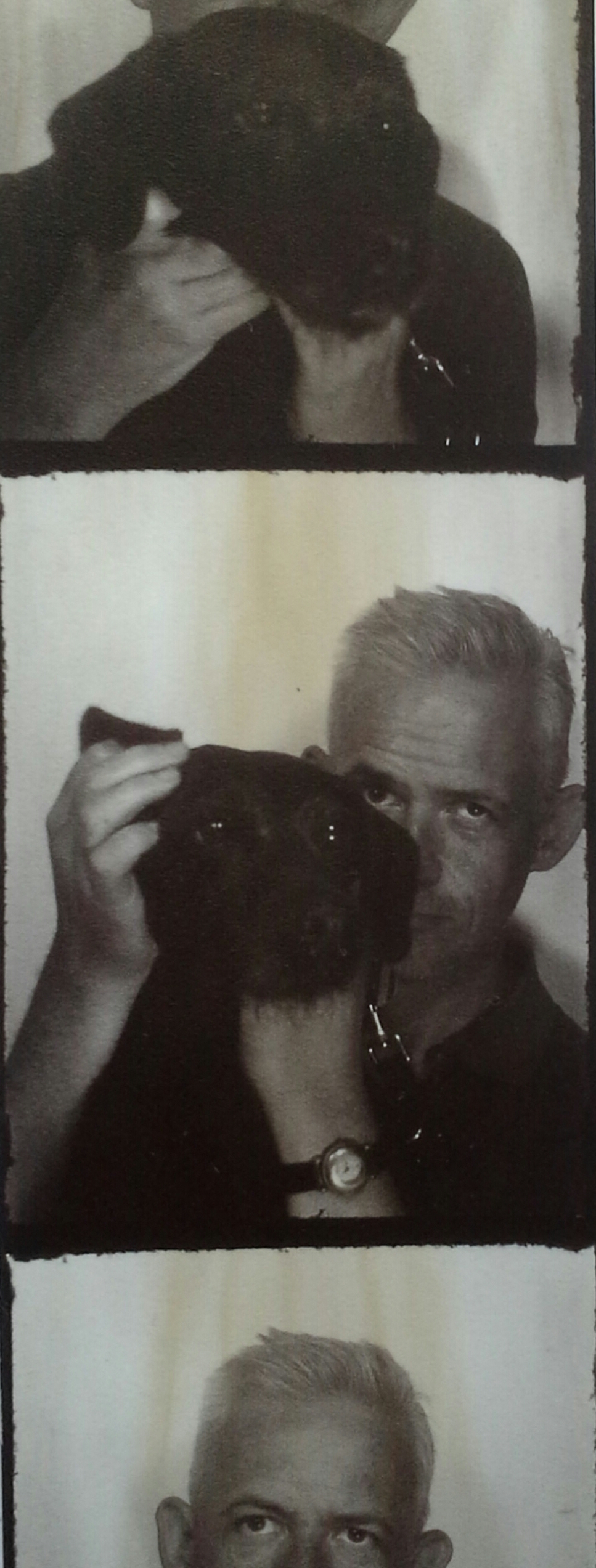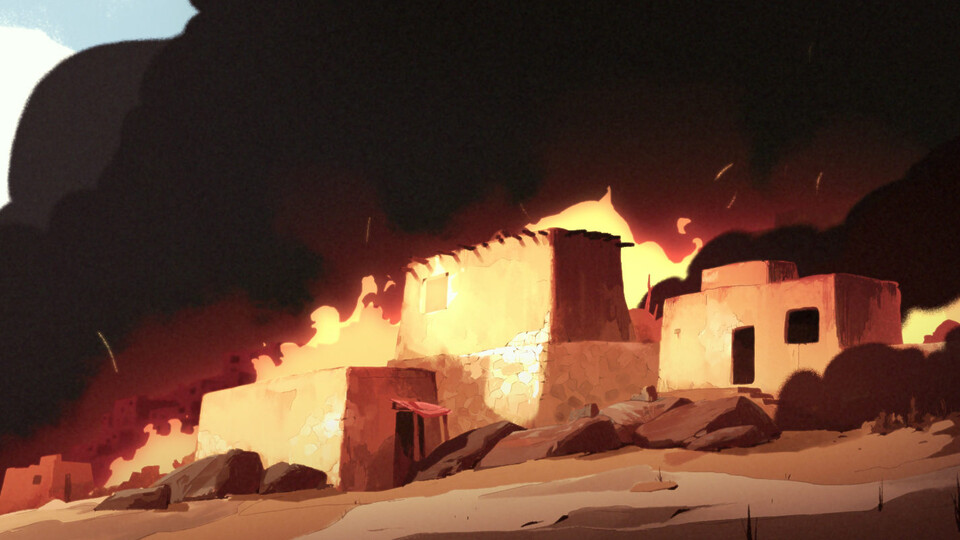Meteors
"The Leonids they were called. God how the stars did fall." Cormac McCarthy, Blood Meridian, p. 3
The eponymous meteors in the poetic Turkish essay-documentary Meteors are not just any old rocks falling across the sky; they are the Leonids, one of the most famous, well-chronicled and spectacular of all non-permanent celestial phenomena, visible every year in mid-November ("November 17th," notes the narrator, novelist Ebru Ojen Şahin, "...This light doesn't stem from bombs. It's something else.")
As American critic Daniel Kasman noted in MUBI Notebook following the film's world-premiere at Locarno, writer-director Gürcan Keltek "finds deeply painful but also awesome connection between cosmic phenomenon and a nation’s internal bloodshed: the occurrence in 2015 of a meteor shower over Turkey at a time of martial law and violent repression of the Kurds. In beautifully grainy video, the luminous streaks across the night sky rhyme with and contrast against the gunfire and smoke of the government action."
So named because they appear from the constellation Leo (the Lion), the Leonids are particles from the tail of 55P/Tempel-Tuttle, a comet which swings around the Solar System on a 33-year cycle. When the comet is nearby, the Leonids can be explosively spectacular, most recently (and most frenziedly) in 1966 but most famously in 1833—the night when, according to the title of New York author Carl Carmer's best-selling 1934 book of nostalgic recollections, The Stars Fell on Alabama. (Because these landmark events were observable across most of North America, we know all about them...)
Capitalising on the Carmer volume's success, composers Frank Perkins and Mitchell Parish used the same title for a jazz song which would quickly become a standard, covered by Sinatra, Doris Day, Ella Fitzgerald and countless others: "My heart beat just like a hammer / Arms wound around you tight / While stars fell on Alabama / Last night..."
51 years later, Cormac McCarthy bookended his magnum opus Blood Meridian with cameo appearances by the Leonids. Jazz, literature... Keltek's sort-of-documentary, a discursive, elusive work which consists of six chapters and a prologue, now stands as their finest cinematic hour. They eerily dominate the crucial 15-minute Chapter V—tellingly entitled Meteorlar, just like the whole film. It even starts with the moon: a full moon in wobbly close-up, via mid-grade monochrome video, the scarred off-white disc obscured by a faint heat-haze, then black clouds. Nothing in Keltek's heavens is fixed; his cameras capture a realm as volatile and unpredictable as the war-zones on the ground.
A cityscape at night; distant screams; a mobile, aerial view of a raucous fairground, from above, as if seen by the moon herself; bizarre rides with names like CRAZY DANCE, a ride surmounted by a huge, stylised female form, like something from pagan ritual. And then, as if by happenstance, the first meteor is spotted streaking white and molten across the black expanse of night. And then another, a double-header this time, as the thundercracks of sonic booms ("louder than gunshots") rend the heavens.
Keltek flirts confidently with the confrontationally stark aesthetics of experimental cinema. Streaks blur into abstraction, unscaled and timeless, as ethereal chimes accompany the outsize light-show. The image is fragile, as prone to disintegration as the meteors themselves.
"The war stopped for a brief moment..." And the film, likewise, pauses, in awed contemplation—susurrations and epic rumblings on the soundtrack, an air of Hollywood-style apocalyptica. This is Deep Impact for real, on a shoestring, across the cold November skies of Turkey. And then... earthfall! The impact(s) of the impact(s). The realisation by the war-wearied farmers that these rocks aren't just any old rocks, that they are prized by experts from far afield, that they have unimagined cash-value: transience rendered concrete, red-hot manna from above. Pennies from heaven.
"The rain had stopped and the air was cold. He stood in the yard. Stars were falling across the sky myriad and random, speeding along brief vectors from their origins in night to their destinies in dust and nothingness." ibid, p.351
|
|
Neil YoungNeil Young divides his time between Sunderland (UK), Vienna and the film-festival circuit, attending around 25 such events each year across Europe and further afield. He has been reviewing films for The Hollywood Reporter since 2008 and regularly contributing to Sight & Sound since 2008, in addition to writing for numerous other outlets. Director of the Bradford International Film Festival from 2011-5, he now works for several film festivals across Europe including the Viennale. He has served on more than 20 film festival juries, including Cannes (Semaine de la Critique) in 2013. |



